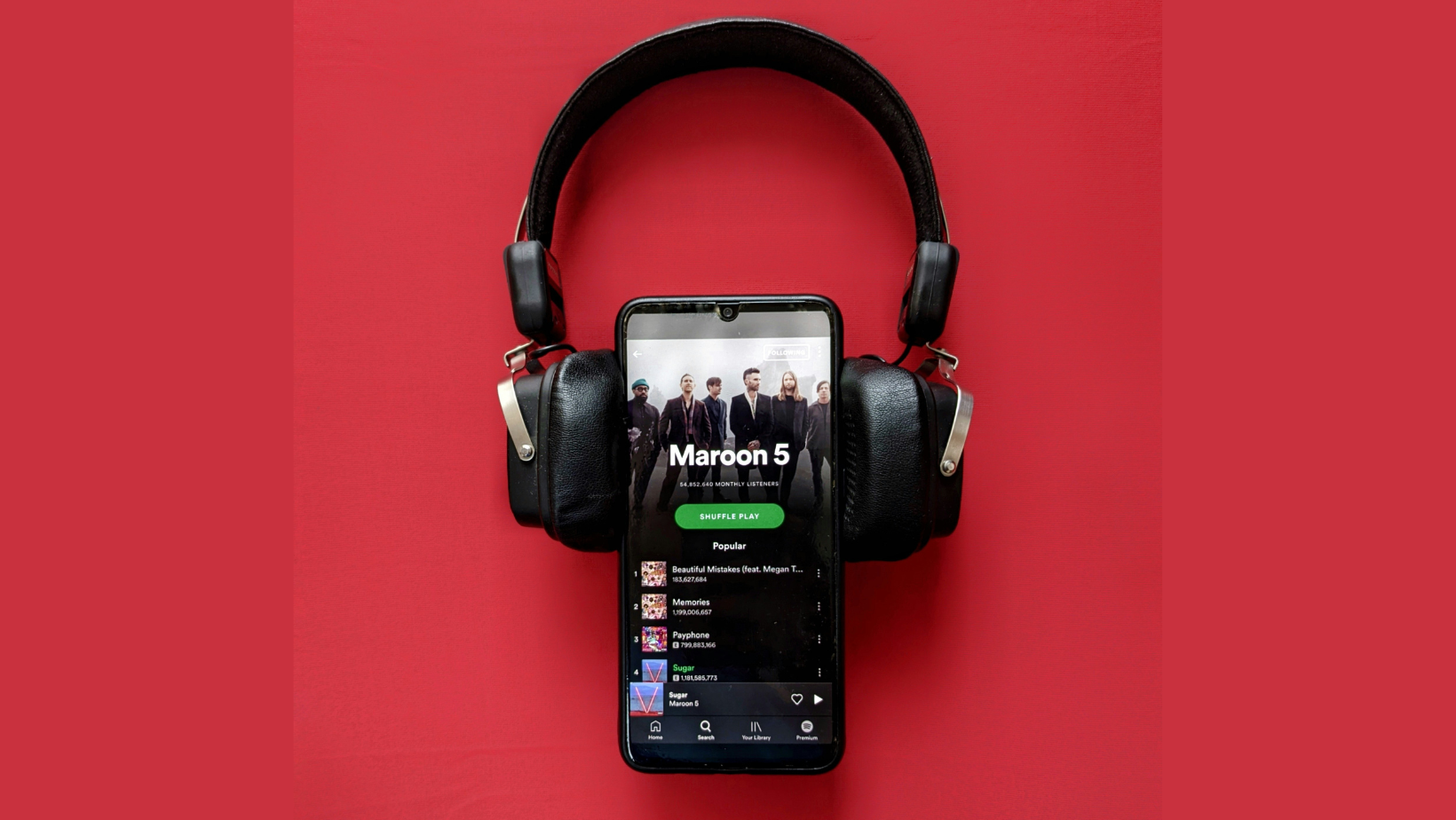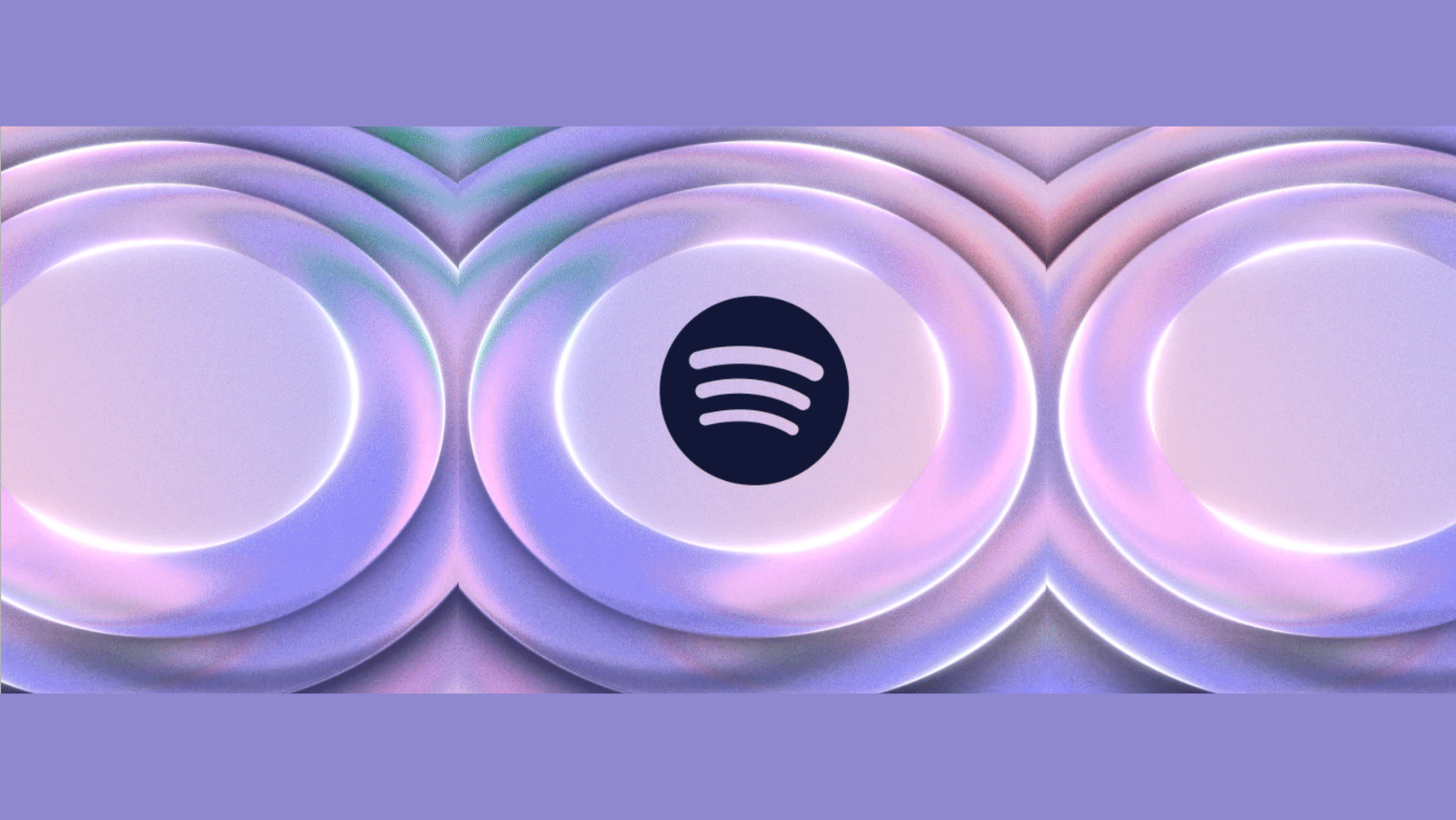When Spotify first teased its “HiFi” plan years ago, most people thought it was never going to happen. Apple and Tidal already had lossless audio, Qobuz had built a loyal following, and Spotify just kept saying “coming soon.”
Well, it finally arrived! Spotify Lossless is here. And suddenly, everyone’s talking about bit depth, sample rates, and whether your AirPods can actually play true lossless audio (spoiler: they can’t).
But before we start debating codecs and kilohertz, let’s strip it back. What is lossless audio, what’s new with Spotify’s version, and is it really something you’ll notice in everyday listening?
What Is Spotify Lossless: Real Upgrade or Just a Fad?

Let’s start simple: what is Lossless Spotify, and how is it different from the music quality you’ve been blasting for years?
Until now, Spotify has always compressed its music. Those 320 kbps “high quality” streams most people use are still trimmed-down versions of the original studio files. They’re faster to load and take less data, but a lot of the musical intricacies get squeezed out in the process. Less contrast, flatter tones, all that jazz.
Lossless streaming removes that compression. You’re hearing the full recording, as close to the original master as possible. That means cleaner vocals, smoother instrument separation, and a sound that feels more natural (like you’ve taken the cotton out of your ears).
Spotify’s new tier uses 24-bit, 44.1kHz FLAC files. In plain language, that’s CD-quality with a little more room for dynamic range. It’s not the highest resolution you can find, but it’s a clear jump in quality from Spotify’s old setup.
If you’ve only ever used Bluetooth earbuds or a smart speaker, it might not sound earth-shattering at first. But once you switch back to regular Spotify, you’ll hear what you’ve been missing.
How Spotify Lossless Works: FLAC vs WAV

Spotify Lossless uses a format called FLAC, which stands for Free Lossless Audio Codec. It’s designed to keep every bit of sound data while still being smaller than completely uncompressed files like WAV.
That’s what makes this upgrade possible for a streaming platform as big as Spotify. You get a better signal without blowing through all your mobile data or crashing your Wi-Fi.
That said, there’s a catch. Bluetooth can’t transmit true lossless audio. Even the best codecs like LDAC and aptX HD still compress sound slightly to send it wirelessly. You’ll get better quality than before, but not full lossless unless you plug in.
If you want to hear everything the artist intended, you’ll need wired headphones or a decent DAC: the kind of gear that can handle those 24-bit files properly. You’ll also want a stable Wi-Fi connection. Spotify Connect now supports lossless playback, which is great for home setups and smart speakers that use Wi-Fi instead of Bluetooth.
So yes, you’ll hear an upgrade even with Bluetooth, but wired listening is where lossless audio really shines.
Spotify Lossless vs Apple Music, Tidal, Amazon, and Qobuz

Now that we’ve defined what “Lossless” actually means, let’s put Spotify’s new feature next to its biggest rivals.
Apple Music, Tidal, Amazon Music Unlimited, and Qobuz have been offering lossless and high-resolution audio for years. On paper, they go further: all four support up to 24-bit, 192kHz playback.
Spotify caps out at 24-bit, 44.1kHz. Technically, that’s not “hi-res,” and audiophiles will notice the difference on high-end gear. But for most people, the difference between CD-quality and hi-res isn’t dramatic. Once you reach that 24-bit level, everything past it is subtle (i.e., the kind of thing you pick up only on studio monitors or thousand-pound headphones).
Where Spotify still wins is usability. The interface, the algorithm, and the playlists are all features that made Spotify the default music app for half the planet. Now that you can get those same features in lossless quality, it finally feels like the platform is living up to its potential.
If you’ve ever envied Tidal users for their sound quality but preferred Spotify’s layout, this update is something to celebrate.
Does Lossless Audio Really Sound Better?

Yes, but how much depends on your setup.
With standard Bluetooth headphones, you’ll notice a difference, but it’s subtle. The vocals sound cleaner, the background instruments are easier to pick out, and there’s a sense of musical depth that wasn’t there before.
Plug in a wired pair of headphones, though, and it’s night and day. The soundstage opens up. You can hear the texture of a voice, the tiny reverb of a snare, even the air in the recording room. The whole track feels more alive, almost like you’ve been teleported to a live concert or studio recording session.
And this upgrade is not just about better music quality, either. The extra range means you get better dynamics. Quiet bridges feel softer, loud choruses hit harder, and the transitions between them sound smoother. It’s closer to how music feels when played live.
That said, this isn’t a magic switch that turns your $50 earbuds into reference-grade monitors. The improvement scales with your gear. A good pair of wired headphones will show off what Spotify Lossless can really do, but even on mid-range equipment, it’s still a clear upgrade.
The Drawbacks of Lossless Audio: Huge Files, Bluetooth Compression, and Song Limitations
There are some trade-offs.
First, file size. Lossless files are big; sometimes 10 to 20 times larger than a typical compressed track. That means more data usage if you stream on mobile and less storage space if you download music offline.
Second, Bluetooth limitations. Wireless convenience always comes with compression, so you’ll never get the full lossless experience through most earbuds or portable speakers.
Third, not every song is lossless yet. Spotify is still rolling this feature out across its massive library, so expect a mix of formats for now. You’ll likely see more updates over the coming months as they expand coverage.
And while these drawbacks aren’t fatal, it’s worth knowing before you start chasing audiophile perfection.
Should You Upgrade to Spotify Lossless?

If you’re already a Spotify user, the answer’s simple: yes. You’ll get noticeably better sound quality without giving up your playlists, recommendations, or app experience. It’s an upgrade that doesn’t come with a learning curve like learning a new layout. It just improves what you already love.
However, if you’re someone who cares deeply about sound quality, you might still prefer services like Tidal or Qobuz, especially if you’ve invested in wired gear. They still edge Spotify in terms of pure resolution, and they’re built with audiophiles in mind.
For most people, though, Spotify Lossless hits the sweet spot. It’s a balance between accessibility and audio quality that makes sense for everyday listening. No extra setup. No switching platforms. Just better sound.
Think of it as Spotify finally catching up with what everyone else has been doing, but in a way that works for its massive audience.
Final Verdict: Spotify’s Lossless Step Forward
So, is Spotify Lossless worth all the attention?
Absolutely.
It might not top the charts for pure technical specs, but it’s more than enough for how most people actually listen. The sound is richer, cleaner, and more engaging than the old version, and you don’t need fancy gear to notice the difference.
It’s also the most important upgrade Spotify has made in years. By offering lossless audio, it finally gives long-time users a reason to stick around (and maybe even win back a few who left for Apple or Tidal).
For casual listeners, this is the version of Spotify they’ve always wanted. For audiophiles, it’s a solid second choice when convenience trumps cables.
Either way, Lossless is a solid upgrade from flatter-sounding audio.


